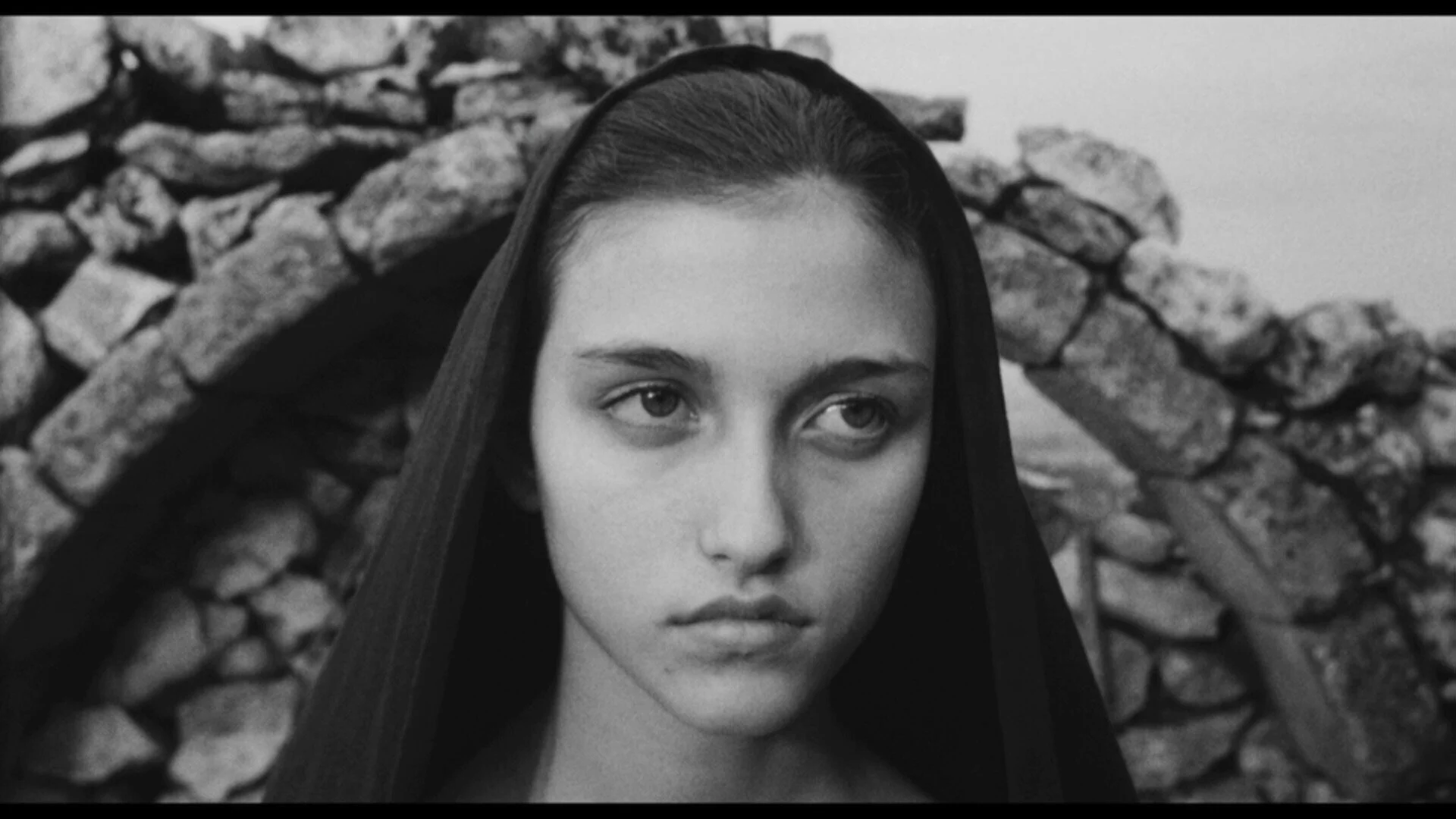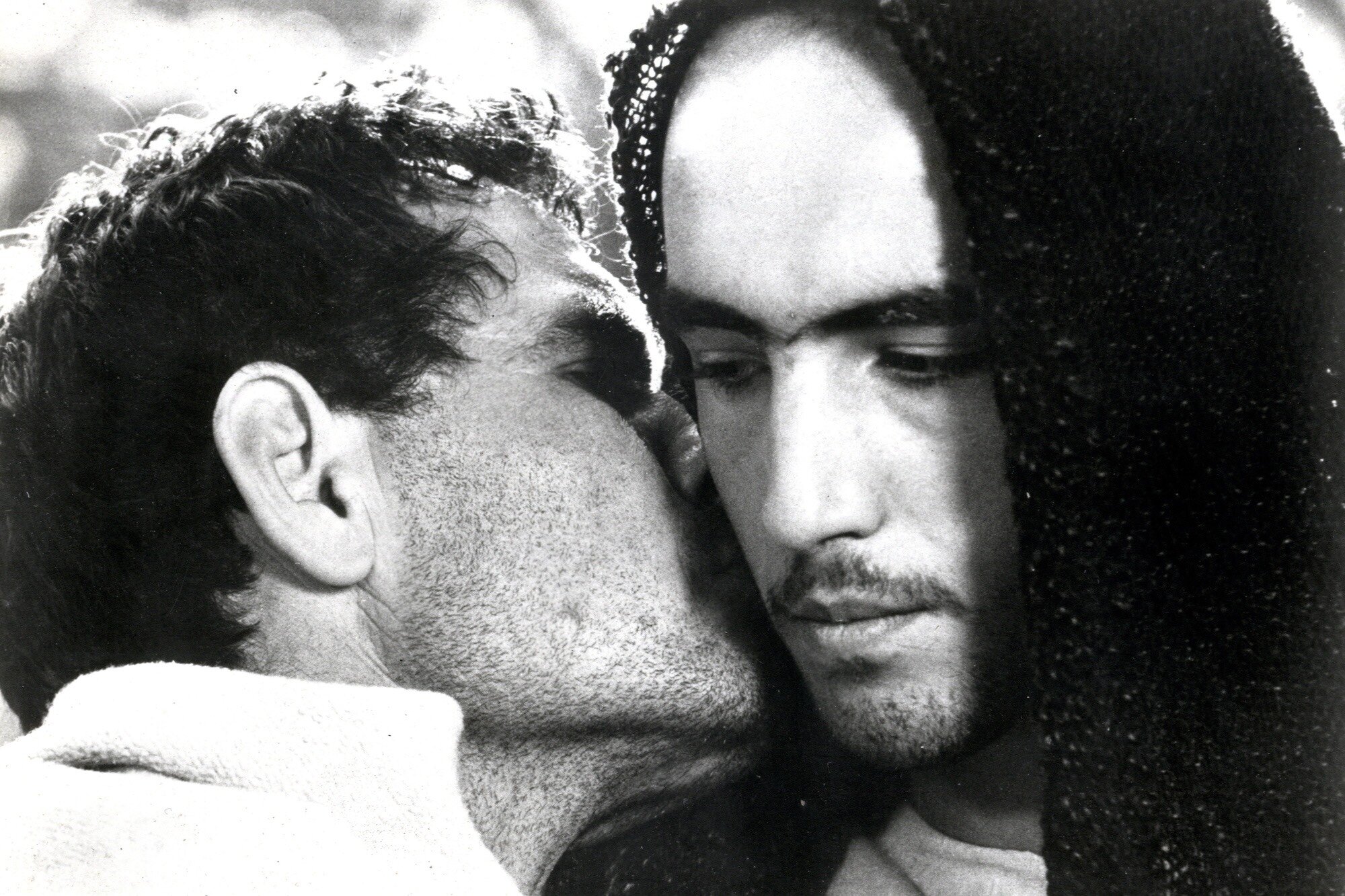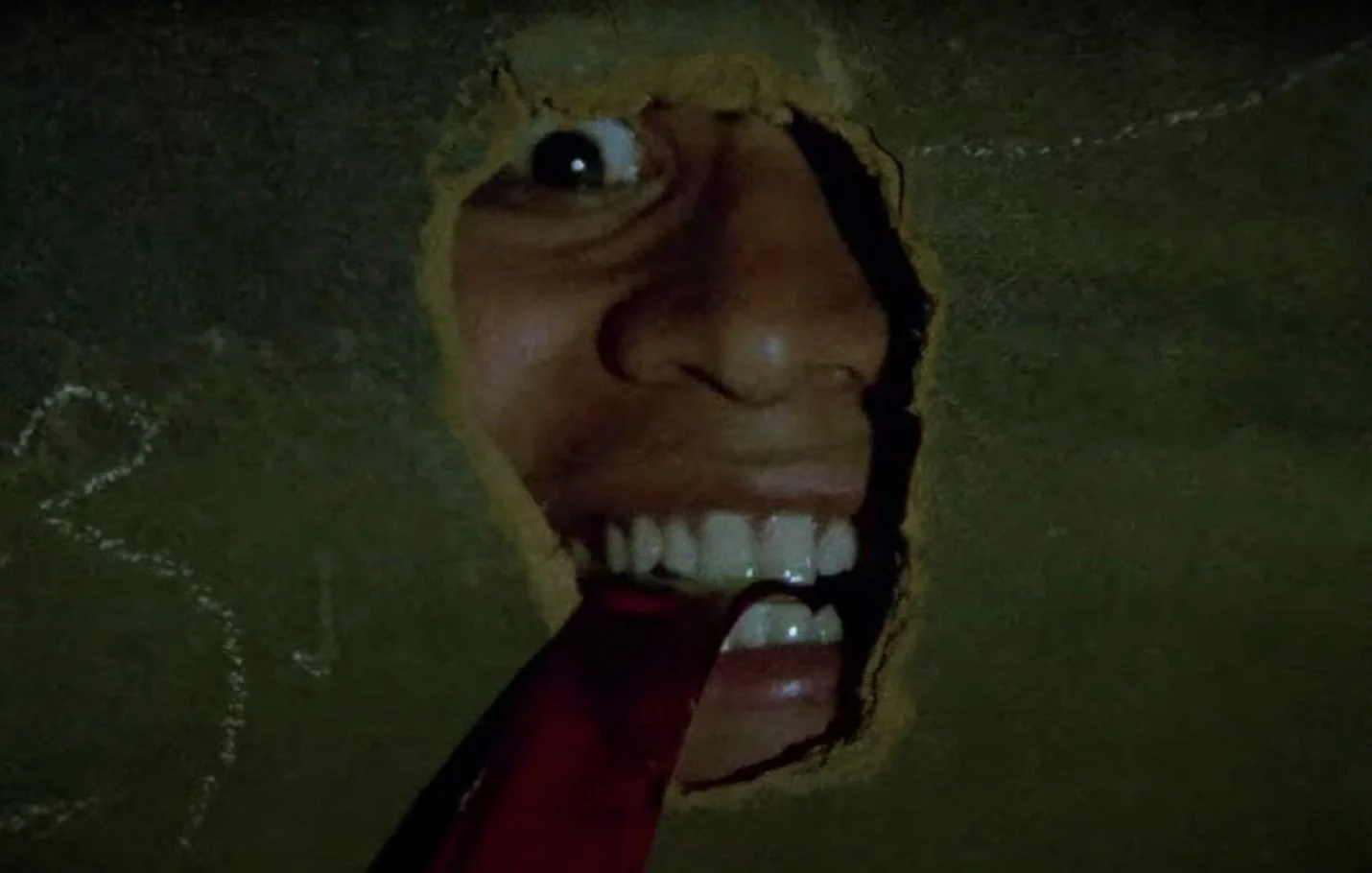Pier Paolo Pasolini
Possibly the greatest cinematic adaptation of the Jesus story was, notably, made by an an atheist who was also a homosexual and a Marxist. Known primarily for his highly notorious film, “Salo or the 120 Days of Sodom”, Pier Paolo Pasolini once again takes a famous written work (in this case, The Gospel According to St. Matthew from The Bible) and gives it a memorable translation to screen. What we get is an art-film made not by someone trying to convert the audience to a religion but by an artist who injects new life to an ancient text.
Where many other films about Jesus boast their large budgets and classically-trained actors, Pasolini’s The Gospel According to St. Matthew strips away the over-sentimentality and glossiness of most religious films to give us a story that feels new even though we’ve heard it many times before. In essence, it is an Italian neorealist film. Non-trained actors (many who were actual residents of the humble villages where the movie was filmed) were hired to play the major characters. Sequences were filmed in a documentary style and natural lighting was used for the most part. Pasolini referenced various religious artworks from different periods and even made some anachronistic choices in some of the costumes. A historically accurate depiction of the gospel was not what Pasolini was aiming for, instead a reimagined vision where the past and the present merge together.
The film places a considerable attention to the portions of the gospel that teach about the believer’s social responsibilities. Pasolini did not rewrite the teachings of Christ to fit his own beliefs but placed emphasis on teachings regarding money and social welfare that lined up with Pasolini’s communist beliefs. There’s a long sequence where Jesus teaches his disciples about the way the poor should be treated and Pasolini purposely has Enrique Irazoqui (the actor playing Jesus) give that entire monologue almost facing the camera, with no cutaways. Irazoqui delivers this monologue with so much intensity that you can easily hear Pasolini’s political voice breaking-through to force the audience to reevaluate they role in society. Pasolini used this opportunity to also chastise the Catholic Church as he felt the new Pope was hypocritical in his treatment of the poor.
Another surprising choice is how the famous religious figures were portrayed. From the opening scene, Mary is simply depicted as a regular teenage girl and Jesus is like a modern day activist. None of the characters are the usual blonde hair and blue-eyed figures we’ve seen in many adaptations with layers of makeup but in contrast, they look like everyday people with wrinkles and unibrows. Pasolini wanted the look and feel of the film to match the inclusive and non-materialistic attitude of the gospel. Pasolini made a film that was faithful enough to the source material that it wouldn’t offend religious people but bold with a refreshing vision that it can be appreciated by non-believers till this day.
director PIER PAOLO PASOLINI
year 1964
director of photography TONINO DELLI COLLI
cast ENRIQUE IRAZOQUI, MARGHERITA CARUSO and MARCELLO MORANTE
words HECTOR ORTIZ
More to read








